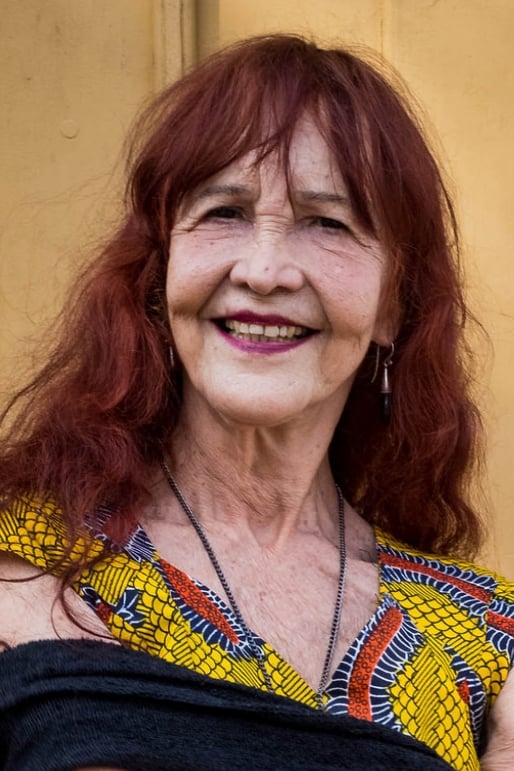

In an old, dilapidated mansion in downtown São Paulo, an old Shakespearean actor exiled from the stage lives with his ghosts. In his bed, surrounded by red curtains taken from an abandoned theater, he dreams of the plague and fire spreading throughout the country. A strange community forms around the old actor.
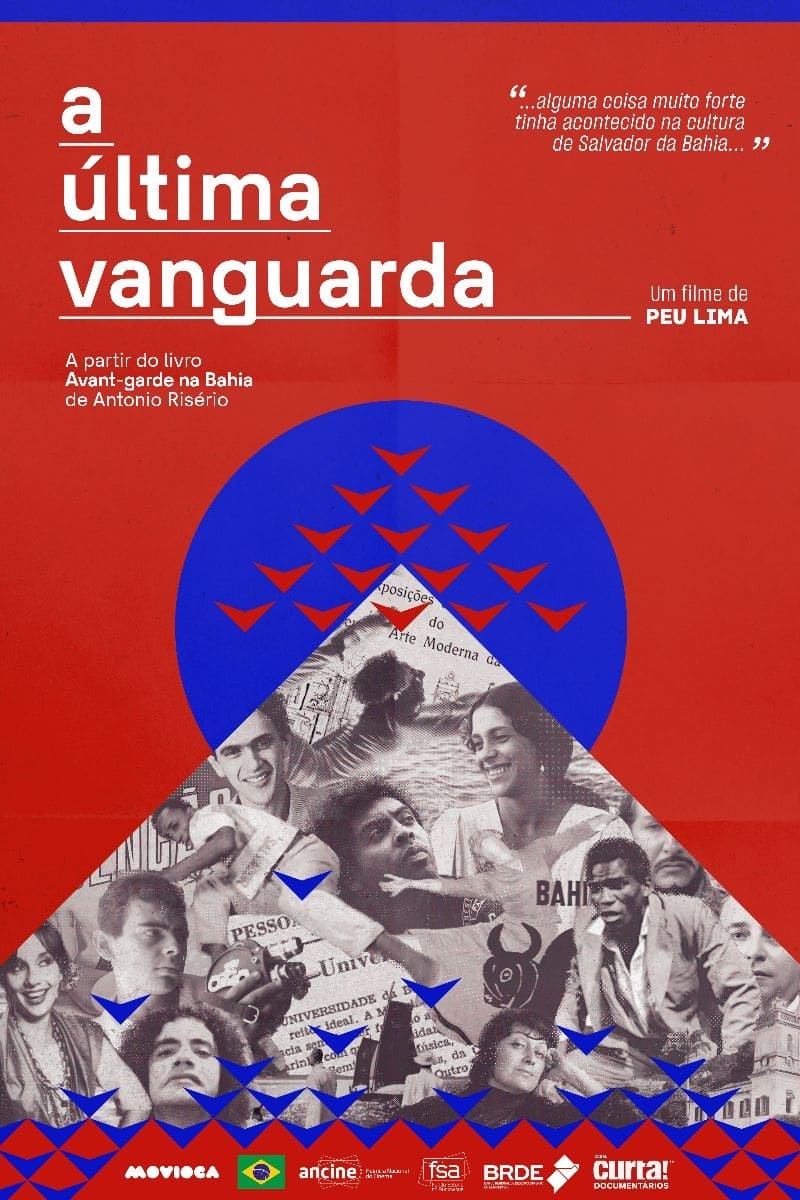
70 years ago, a visionary management in education and culture as a political strategy for the dissemination and development of Bahia gave rise to an artistic vanguard that still impacts Brazilian culture today.
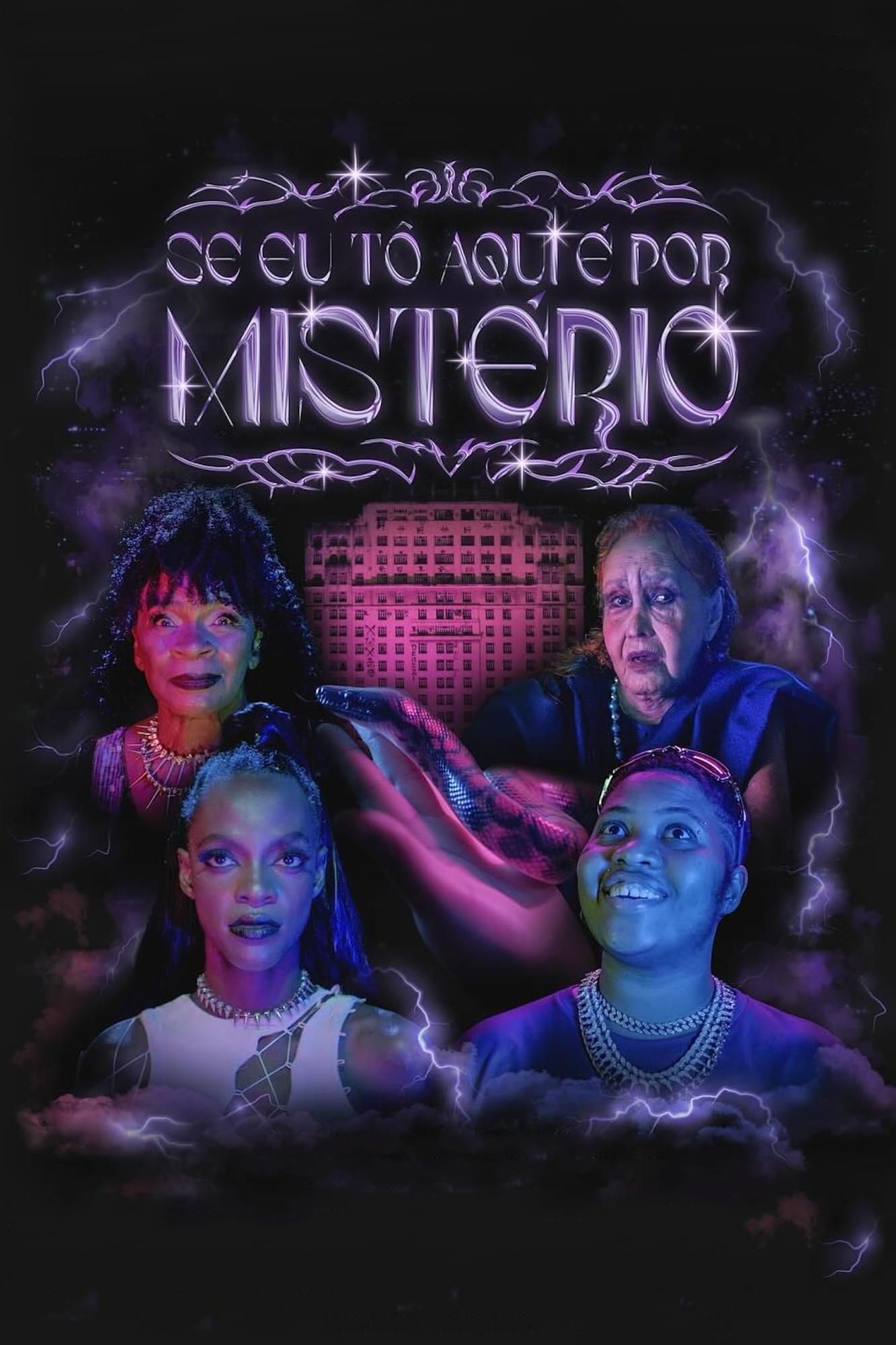
New Rio, 2054 AD. The Order of Truth wreaks havoc on the streets, killing every being that has special powers. Renowned witch Dahlia is determined to beat the Order and assembles a clan of trans and queer people, each with their own supernatural talent. The fate of the city is in their hands.
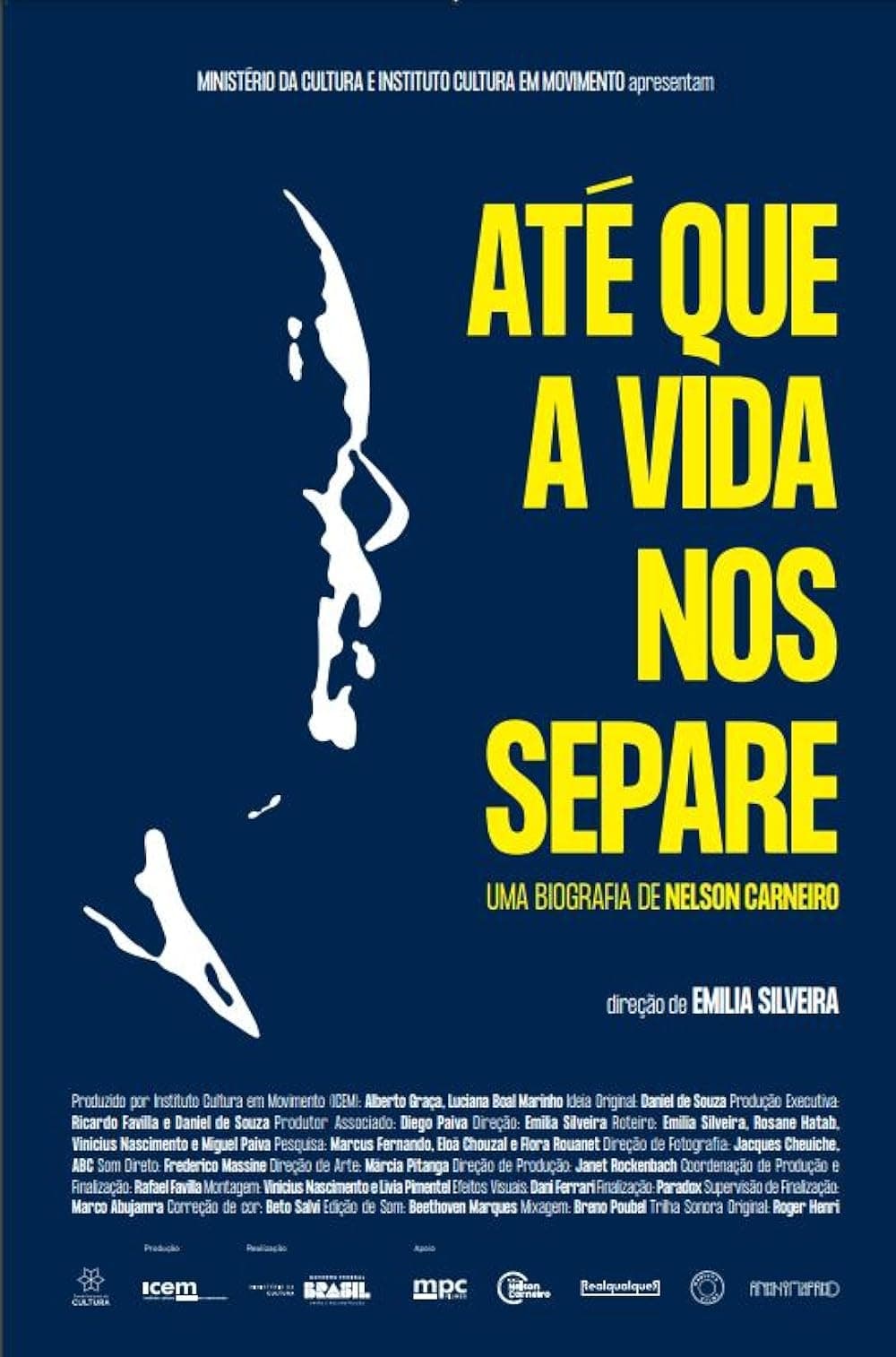
In 2018, Brazil’s 1988 Constitution turned thirty. Known as the Citizen Constitution, it was a landmark in the history of Brazil, the outcome of across-the-board engagement of society in its preparation. In Congress, the parliamentarians best known for their involvement in this initiative were names that are still familiar today in Brazil’s political history: Ulysses Guimarães, Teotônio Vilela, Tancredo Neves and Nelson Carneiro.
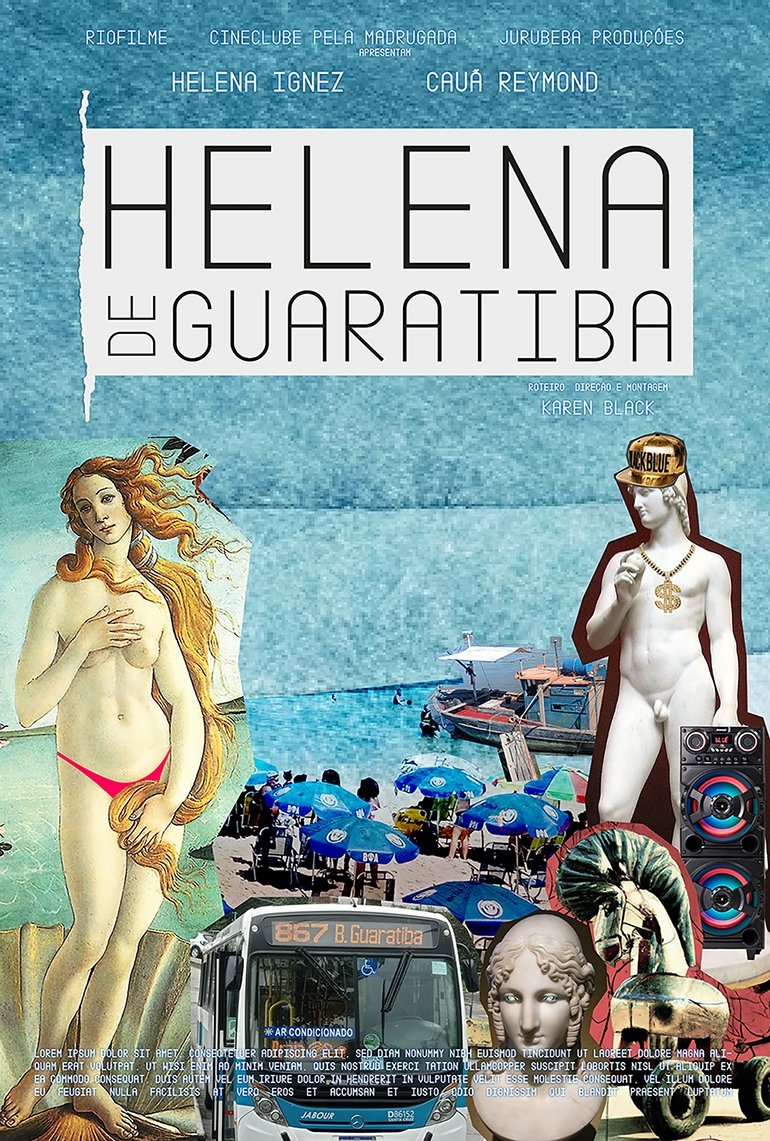


For this behemoth, Bressane took his opera omnia and edited it in an order that first adheres to historical chronology but soon starts to move backwards and forward. The various pasts – the 60s, the 80s, the 2000s – comment on each other in a way that sheds light on Bressane’s themes and obsessions, which become increasingly apparent and finally, a whole idea of cinema reveals itself to the curious and patient viewer. Will Bressane, from now on, rework The Long Voyage of the Yellow Bus when he makes another film? Is this his latest beginning? Why not, for the eternally young master maverick seems to embark on a maiden voyage with each and every new film!
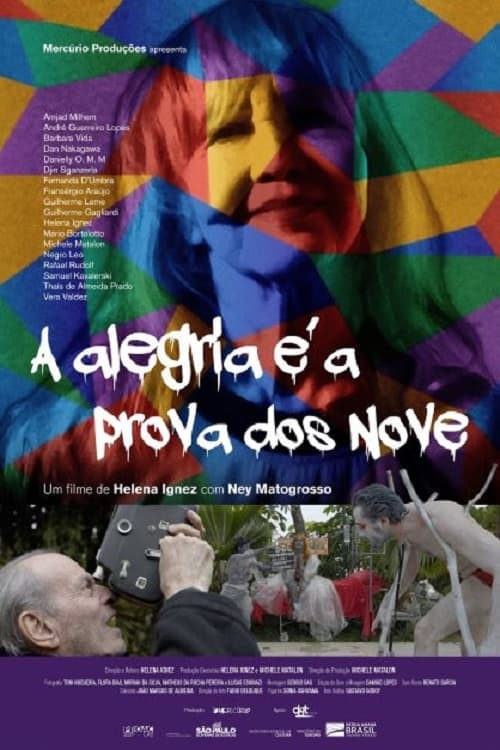
A film about love, also a memoir, about the trip made in the 1970s to Morocco by Jarda Ícone, an artist, sexologist, and octogenarian rocker, as she defines herself, and Lírio Terron, a human rights activist. In fact, a journey that is not over in their lives. Jarda Icon teaches classes on how women can obtain their own orgasm. With her group of disciples and friends Ana Brasil, Sheyla Fernanda, Caroline Sylvie and Lakshmi she develops self-sustainable feminist and artistic projects. The film is political, but not at all politicized in the traditional sense. It is an ode to the underground and counterculture movements, it is a hymn to freedom, and its title is also a tribute to Oswald d Andrade, one of the main names in Brazilian modernism.

A street vendor who lives in the outskirts of São Paulo returns home at night and does not find her teenager son. After a nonstop search, she finds out the boy was killed by the police and his body is missing. This is the beginning of this woman’s vertiginous fight for the right to bury her son, a fight that will not only unveil the excessive violence of one of most lethal police forces of the world, but also how structural is racism in Brazilian society.

The raft man Manuel Jacaré was swallowed by the sea when Orson Welles was filming It's All True in 1942. The fact evokes memories of the dictatorship of the Estado Novo, of World War II, of Ceará fishermen's struggle for labor rights and housing in their traditional space - target of real estate speculation.
Helena Ignez (Salvador, May 23, 1939) is a Brazilian actress and filmmaker. Helena was born in Salvador, Bahia and was attending her second year of law school when she fell in love with theater and decided to study the Dramatic Arts at the Federal University of Bahia. At the time, the Bahian theater scene was breaking with traditional Brazilian theater and experiencing strong influence from the young vanguard. She first appeared on the screen in Glauber Rocha's short film "Pátio". Helena acted in a few films associated with the Cinema Novo movement, such as "A Grande Feira" (1961), "Assalto ao Trem Pagador" (1962), and "O Padre e a Moça" (1966) before playing Janete Jane in O Bandido da Luz Vermelha by Rogério Sganzerla. After this film, she would perform in some most significant films in the Cinema Marginal movement, which directly opposed the critically acclaimed Cinema Novo -- the most remarkable being her role as Ângela Carne e "Osso in A Mulher de Todos" (1969). She also was a financial partner of Rogério Sganzerla and fellow Cinema Marginal filmmaker Júlio Bressane in the short-lived, although prolific, Belair production company. Between 1968 and 1970, Sganzerla and Ignez made almost a dozen films together and were also married and had two children -- one of which would become actress Djin Sganzerla. As a filmmaker, Ignez has directed 7 films, the most notable being "Luz das Trevas" (2010), a sequel to Sganzerla's debut feature "O Bandido da Luz Vermelha" (1968).
By browsing this website, you accept our cookies policy.